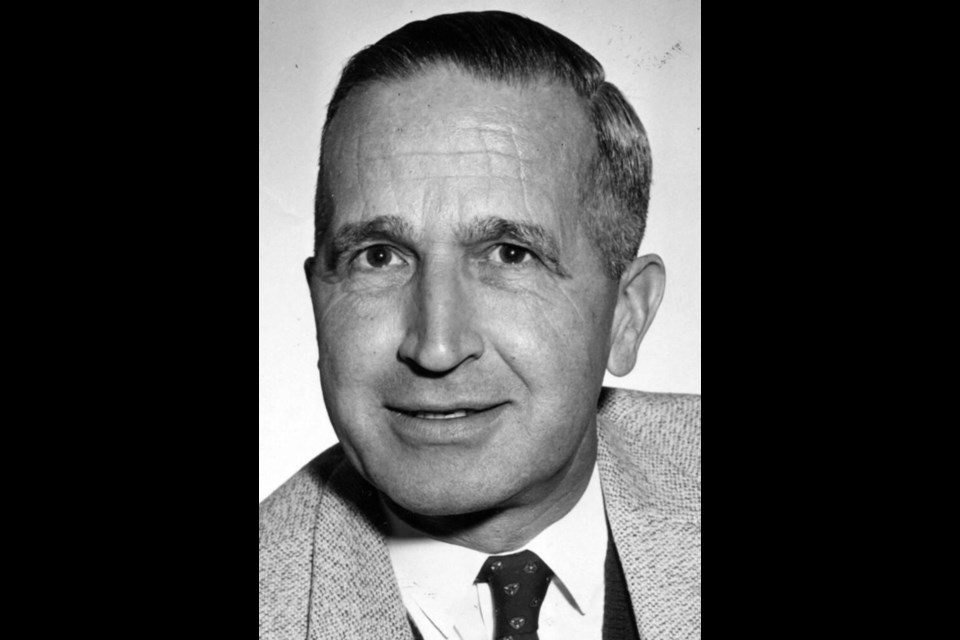In his 55-year career with the Victoria Daily Times, Irving Strickland photographed premiers, prime ministers, King George VI and U.S. President Franklin D. Roosevelt.
He also got to know, through his lens at least, Bing Crosby, Bob Hope and Yehudi Menuhin, along with most of the major sports personalities who came through Victoria.
Strickland retired in 1979 and died in 1994.
Some of his most notable photographs are shown on these pages, thanks to the generosity of his son, who lives in Langley.
Strickland was born in 1908 in Boston, one of five children of parents who were from Newfoundland. He started his career at the Victoria Daily Times as a 15-year-old office boy, helping in the newsroom as needed.
He moved on to become a secretary to Benny Nicholas, the editor. In his spare time he covered sports and took snapshots with a Kodak camera with a folding bellows.
In 1934 he persuaded Nicholas to buy a better camera and hire him to take photographs for the newspaper. Until then, the Times and the Colonist both relied on commercial photographers, who worked on a freelance basis.
That camera was a Speed Graphic that used negatives that measured four inches by five inches. It came from Rochester, New York, thanks to a special order from Victoria Book and Stationery on Government Street. The cost was $150.
In other words, Strickland made newspaper history as the first staff photographer in Victoria. His first assignment was a table tennis tournament in the Crystal Garden.
He developed his own films, but because the old Times building at Fort and Broad — where the Bay Centre is today — didn’t have a suitable spot, his darkroom was set up in the basement of the Yarrow Building across the street.
Strickland photographed two notable events in 1937, the fire at the old post office across Government Street from the Belmont Building, and Roosevelt’s visit.
He was considered medically unfit to serve in the Second World War, so he continued his photography work. He had to use infrared film during the blackout, and he hoarded flashbulbs for special occasions because it was next to impossible to buy them.
Strickland said in a 1988 interview that the flash bulb was the best invention since sliced bread. He got to know more about flash bulbs than most, breaking apart the used ones so he could contribute them to the war effort.
For about a quarter of a century, Strickland took photographs for the Victoria, Oak Bay, Saanich and Esquimalt police departments, which did not have their own photographers.
These photos included murder scenes, autopsies, suicides and accidents. They were not used in the Times, and Strickland was not paid for his police work.
At his retirement celebration, the Times presented Strickland with the last Speed Graphic press camera, which had been in use for a quarter of a century.



